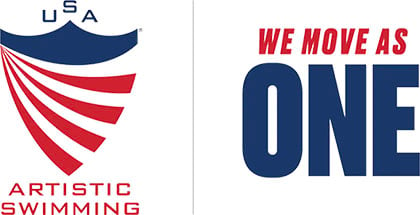If you’re looking for the best sports sandal or hiking sandal, you’ve got to think about the history of this type of sandal.
It was 1982 when Teva was invented and 1989 when was Chaco was invented, and in the 25-30 years since those two things happened, those products have become synonymous with the hiking sandal. And so when most people think of hiking sandals, they’re thinking of those.
And those sandals are big, they’re thick, they’re chunky. It almost seems like people now look at hiking sandals and trying to value them by the pound. The heavier, the bigger they are, the better they are. That’s not necessarily the case.
While these do give you a lot of protection because there’s a lot of thickness, thickness isn’t required for protection.
The other thing people have gotten used to is the notion of arch support. Both of these products, and most of the other sandal makers— Keen, ECCO, and private label brands from North Face and various other places—they have a lot of arch support.
Now, here’s a reference to an article in the New York Times about support. I’ll talk about this more later but, in short, support is highly overrated and the research shows that it’s predominantly unnecessary.
And if you think about it, the reason is pretty simple. Your foot is designed to move, to bend, to flex, to feel, and when you’re giving it “support,” what you’re doing is you’re immobilizing it.
Think about it this way: If you put your arm in a cast, it doesn’t come out stronger at the end of the day. Or, if you take off the cast and you see that it’s gotten weaker, you now have two choices – continue to “support” it so that you’re not using it or start using it again so that you strengthen it.
So a lot of sandals are made with support that really isn’t necessary. The reason that they put in the support is because the sandals tend to be inflexible, and if they’re inflexible, your foot can’t move properly anyway and the extra support makes it a little more comfortable. But if you have a product that’s designed to let your foot move naturally, then you don’t need support. Your arch is all the support that you need. In fact, as you use your foot, you can strengthen your foot, strengthen your arches.
If you look at the Xero Shoes Z-Trail, it has a similar appearance to the Chaco/Teva/Keen that you’ve seen except that it’s much, much thinner. We’re using some high-tech materials to allow us to make something that weighs 76% less. Three pairs of Z-Trails weigh less than one pair of a popular Chaco (see the video below), and yet it still gives you incredible protection.
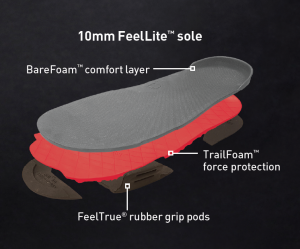
On the bottom, we use FeelTrue rubber on the abrasion points, and it has our 5000-mile sole warranty. For the middle layer, we’ve developed a high-tech material that disperses the force. We call this TrailFoam. And then we developed a comfort layer that we call BareFoam for the top surface.
Put these together and you have an ultra lightweight sandal that gives you an incredible combination of protection, comfort, lightweight, durability, versatility, and affordability. They even float. They roll up and fit in your pack or pocket.
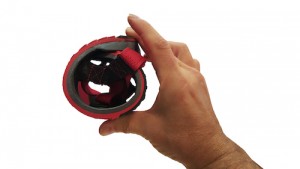
That flexibility is what lets your foot move naturally.
People wear the Z-Trail for everything from taking a walk to being an approach shoe for a climb, taking a casual hike, running trail ultra marathons, and everything in between.
When looking at sandals, pay attention to the webbing. A lot of sport sandals use a flat webbing, which means that it gives you an edge that can actually dig into your skin. What we’ve done instead with the Z-Trail and Z-Trek is used a tubular webbing. So there are really no edges that can catch on your skin.
Another thing to look at with some of hiking sandals: they’re made with channels in the inside of the sandal for the webbing to pass through. Sometimes those channels can create abrasion, which causes tearing in the webbing. Something to pay attention to.
Also, look for adjustability. Many sport sandals don’t have any adjustability on the heel. So, depending on the size and width of your heel the fit may not be correct for you. The Xero Shoes Z-Trail has an adjustable heel strap and adjusts along the top as well for a just-right fit.
Hopefully, that’ll give you a good list of things to take a look at when you’re looking for best hiking sandal. Again, look for comfort, look for natural movement, look for something that isn’t going to hinder you or get in your way (which means something that weighs a pound and a half might not be right for you; something that weighs 5.4 ounces for men’s size 9 might be just right).
If you’re going to be in water, you need something that floats. The Z-Trail is really, really secure on your foot, so they’re not going to fall off and go floating downstream. But just in case you have them in your bag or you have them just sitting in a boat and the boat capsizes, you want to make sure you’re going to be able to easily find your sandals and not have to go hunting for them in scuba gear on the bottom of a river or a lake.
Anyway, hope that helps you find the best pair of hiking sandals. If you have any questions, you can just leave them here and I’m happy to answer.





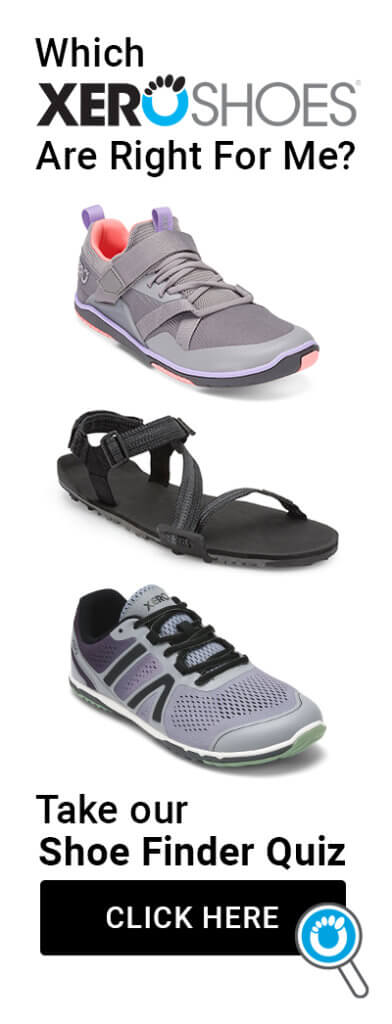




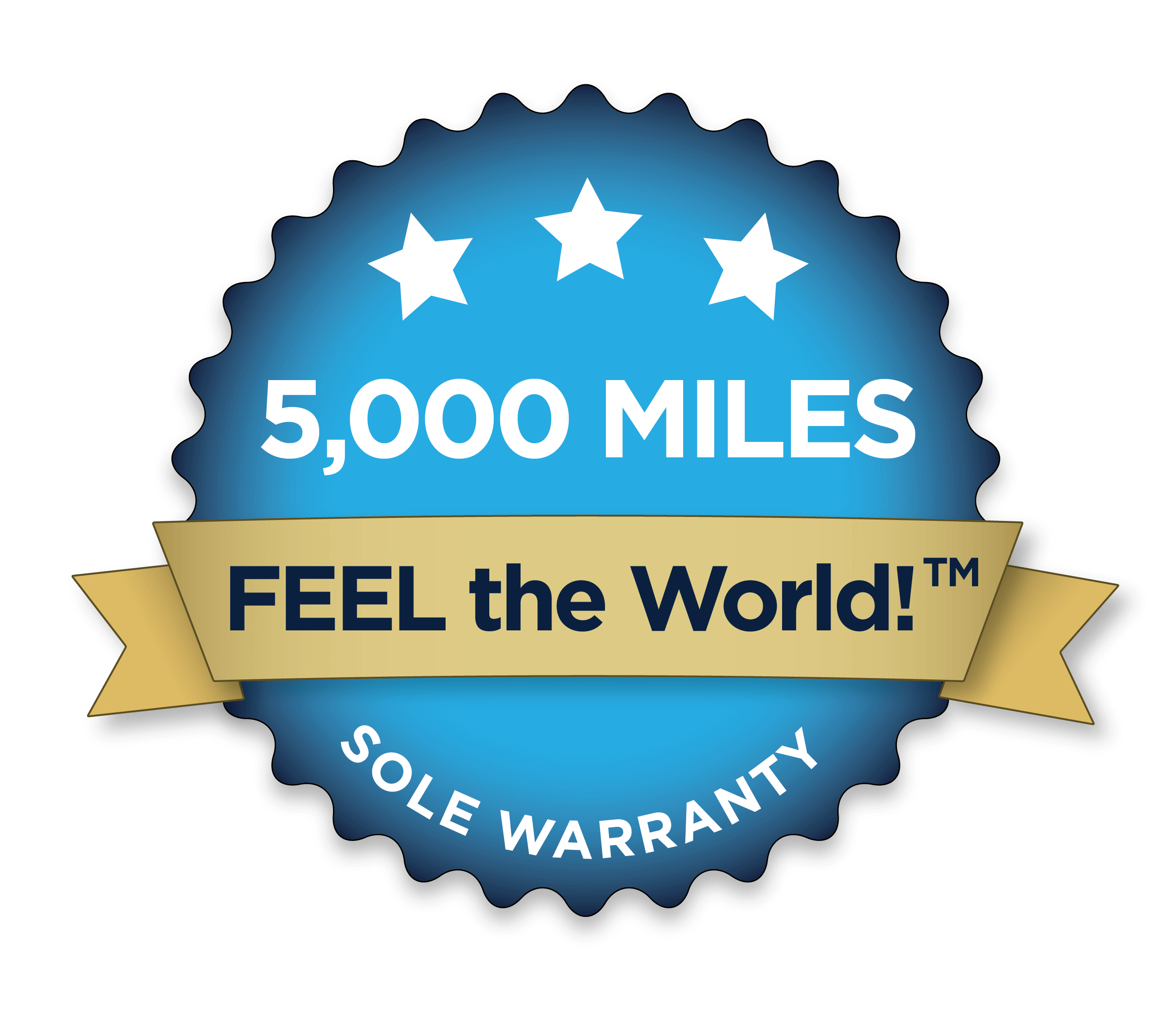
 Fostering honest and responsive relationships between businesses and consumers.
Fostering honest and responsive relationships between businesses and consumers.